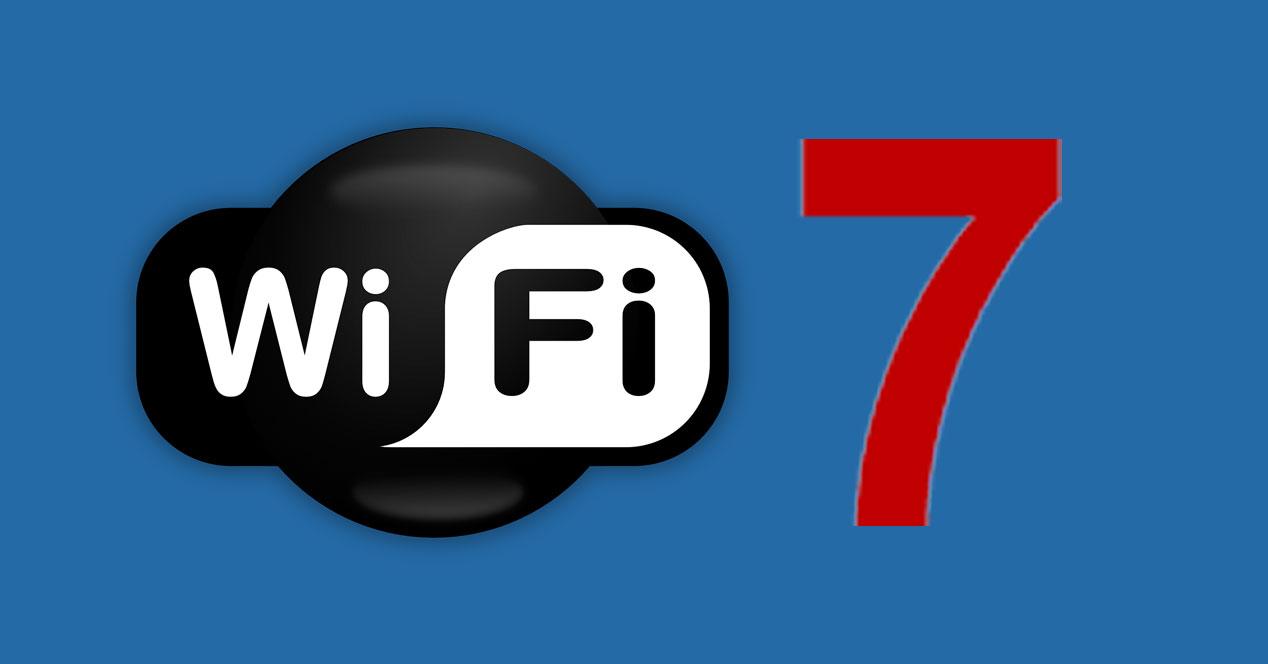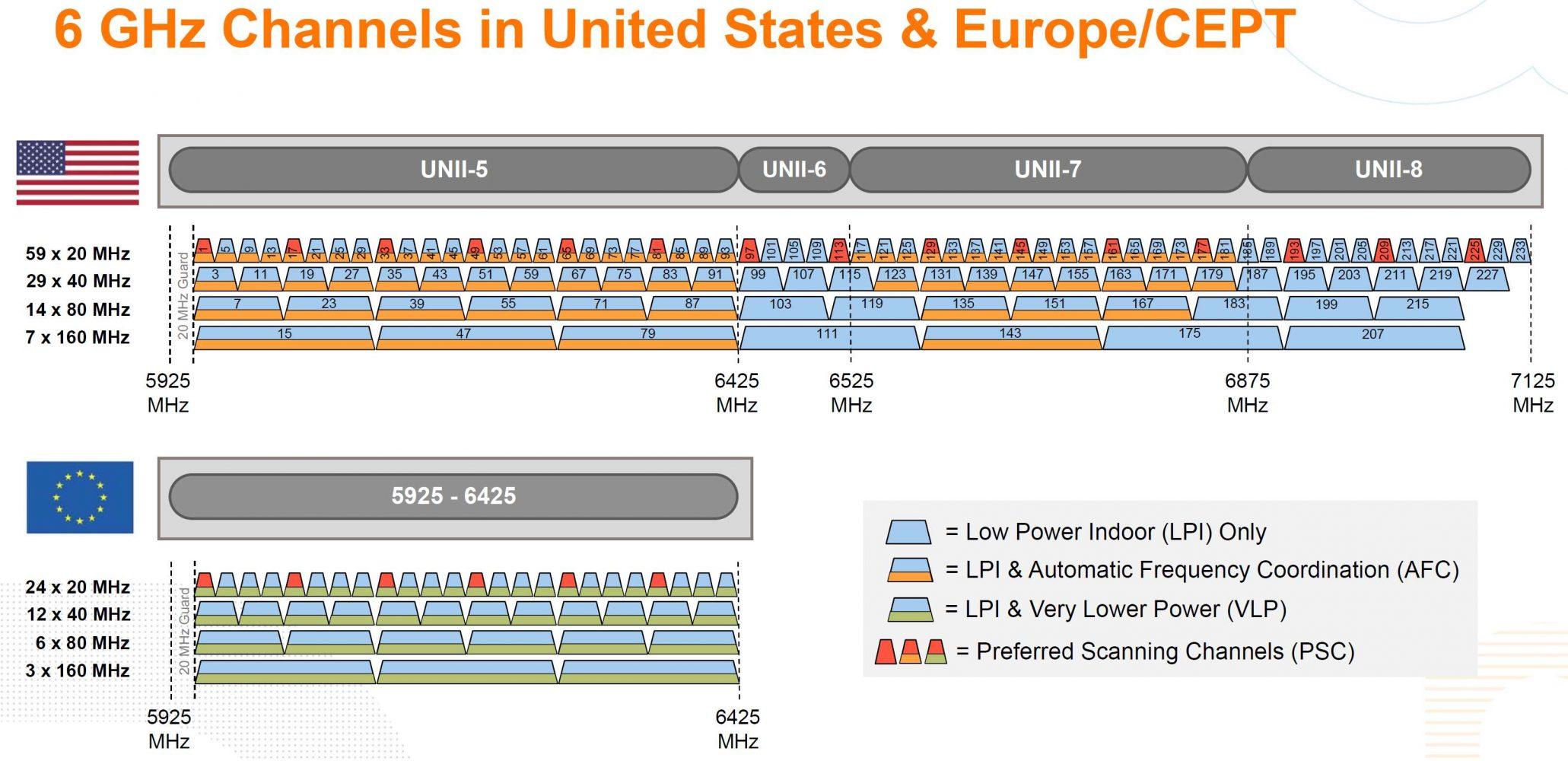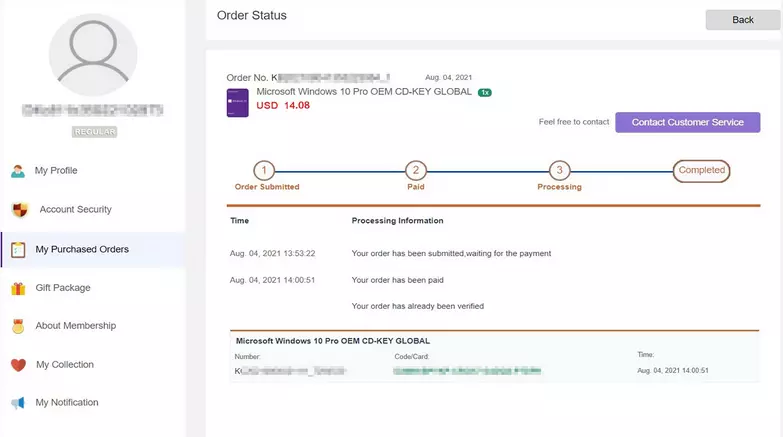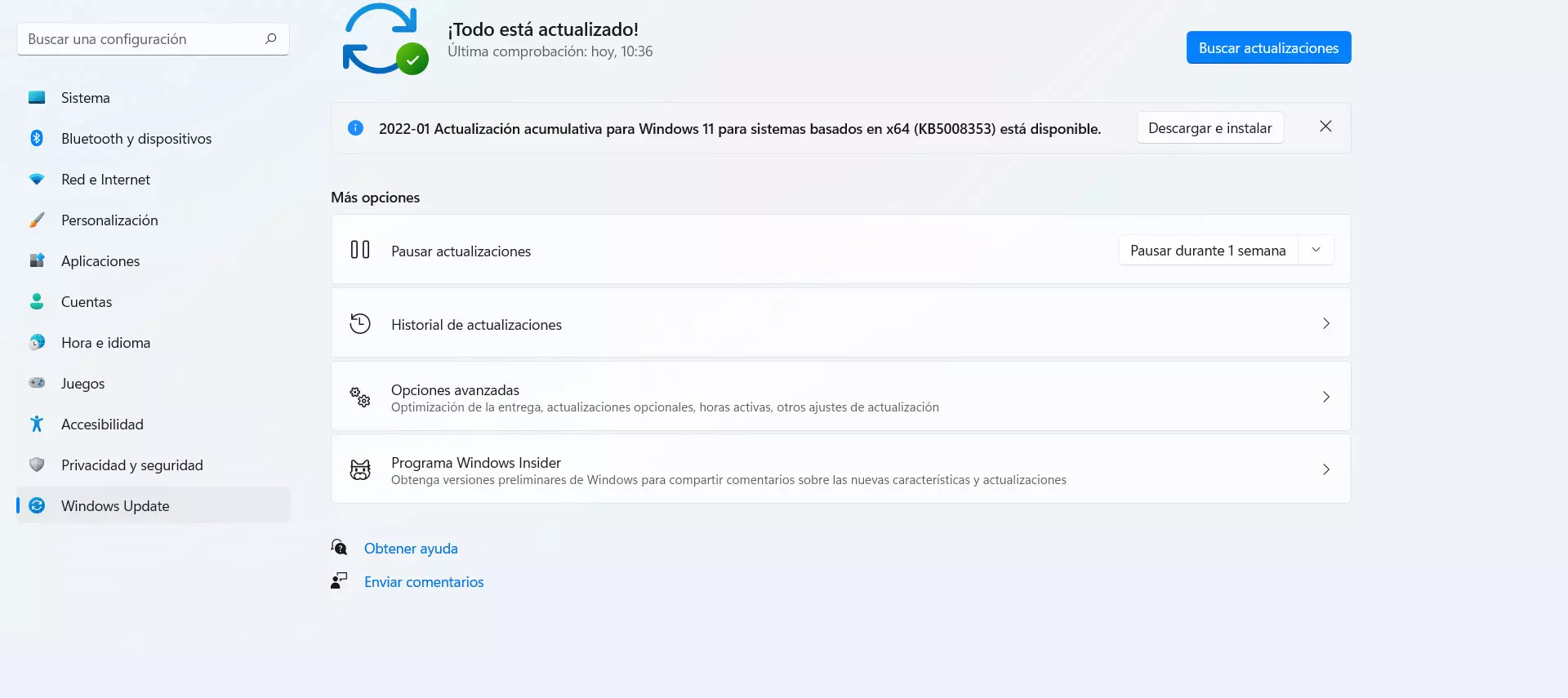
Last month Intel and Broadcom demonstrated speed with the new standard WiFi 7, or also known as 802.11be. These tests showed how a Broadcom chipset router was capable of providing real speeds of up to 5Gbps with an Intel WiFi card. All the novelties of the new standard were used in these tests, and they will be available from the year 2024 when the different manufacturers begin to launch their solutions. However, Spain will remain in the queue in terms of WiFi performance that we will be able to achieve. Next, we explain why this happens.
Wi-Fi 7 will be born limited in Spain
The main feature of the current Wi-Fi 6E standard is that it allows us to broadcast on the new 6GHz band, thanks to this new frequency band we will not have interference with other neighboring Wi-Fi networks, as is the case in the 2.4GHz and 5GHz bands, where there are dozens of routers broadcasting on the same channels. This new frequency band promised to have up to 7 channels with 160MHz of channel width, in order to provide the best possible performance. However, in Spain and also in other European countries we only have 3 160MHz channels available, all for regulatory reasons.
The problem is accentuated with the next Wi-Fi 7 standard, since it not only uses the 2.4GHz and 5GHz bands, but also the new 6GHz band, but without us having new WiFi channels available, therefore, Wi-Fi 7 will be born very limited due to regulatory issues, and it is something that neither the manufacturers with their routers nor the operators will be able to avoid it. Two of the most important features of this new standard are:
- Use of 320MHz channel width in the 6GHz band.
- Use of Multi Link Operationwhich allows wireless clients to connect to two frequency bands at the same time and increase stability and speed.
while in others countries like the US will have a total of 3 320MHz channels with the new Wi-Fi 7 standard, in Spain we will only be able to use one channel. This means that as soon as there is a router near us broadcasting in the 6GHz band, we will automatically have interference if we also try to use it, since there is only one 320MHz channel available. In these cases, if we want to avoid interference, we will have to use channel widths of 160MHz to choose the free channel that remains with this width, losing half the bandwidth with the change.
Is there anything that can be done to prevent it?
All routers sold in Europe are limited at the firmware level so that we cannot choose restricted WiFi channels, this means that we cannot use those channels since it is illegal to do so. If we try to choose another region such as the US, the router may detect that we are in Europe, and it will not allow us to choose these channels. To be able to do this, we have two possibilities:
- Change router firmware by DD-WRT or OpenWRT. These firmwares do allow us to choose the region and internally it will be configured with those parameters (both channels and emission power), however, doing this is illegal in our country.
- Buy the router online in the USA. This router will have a specific firmware for that country, with its corresponding configuration of channels and emission power, however, using WiFi channels that are not allowed could cause us problems.
Another important aspect is that the WiFi clients must also support these channelsif we configure the router on a channel outside of those allowed, it is very possible that our smartphones, tablets or laptops will not be able to connect because they will not even “see” the WiFi wireless network, since it is not in the list of allowed channels.
Therefore, the only thing we can do to not complicate our lives is to wait for the EU to admit these 6GHz band channels, so that all users can take advantage of the new Wi-Fi standards. .




